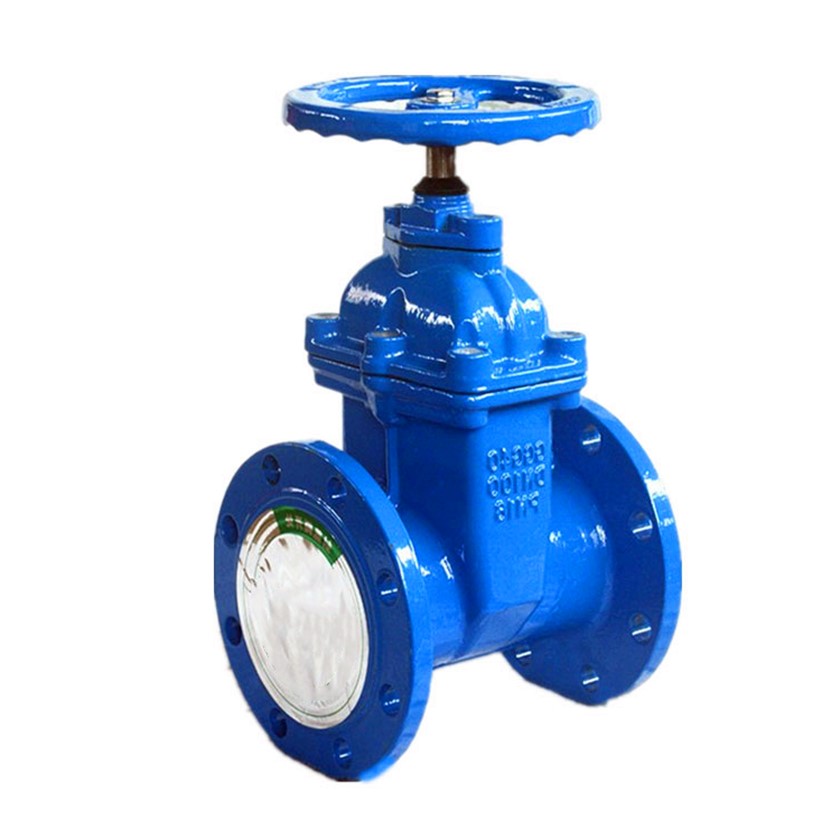6-Inch Plug Valve Specifications and Applications for Efficient Flow Control
Understanding 6-Inch Plug Valves An Essential Component in Fluid Control
In the realm of fluid control systems, valves play a crucial role in regulating the flow and pressure of liquids and gases. Among the various types of valves used in diverse applications, the 6-inch plug valve stands out for its simplicity, reliability, and effectiveness in on/off control. This article delves into the characteristics, working principles, applications, advantages, and maintenance procedures of 6-inch plug valves, providing a comprehensive overview of their significance in industrial settings.
What is a 6-Inch Plug Valve?
A plug valve is a type of quarter-turn valve that utilizes a cylindrical or tapered plug to control the flow of fluid through the valve body. The design of a 6-inch plug valve includes a 6-inch diameter, making it suitable for significant flow demands in various industrial pipelines. Typically constructed from materials such as cast iron, stainless steel, or PVC, plug valves are designed to handle a wide range of liquids and gases across different temperature and pressure conditions.
Working Principle
The operation of a plug valve is relatively straightforward. The central component, known as the plug, features one or more ports that align with the valve inlet and outlet. When the valve is closed, the solid part of the plug obstructs the flow path, effectively stopping fluid movement. By rotating the plug a quarter turn, the ports align with the inlet and outlet, allowing fluid to flow freely through the valve. This simplicity in operation makes plug valves particularly user-friendly and efficient for various applications.
Applications of 6-Inch Plug Valves
6-inch plug valves are utilized across a multitude of industries. Their robust design and efficient operation make them suitable for
1. Water and Wastewater Treatment Plug valves are often employed in treatment facilities for regulating the flow of water, ensuring effective distribution and processing.
3. Oil and Gas The oil and gas industry benefits from the durability of plug valves, which can withstand high pressures and temperatures while controlling the flow of hydrocarbons.
4. Power Generation Plug valves are used in power plants for controlling steam and water flow, crucial for generating electricity efficiently.
6 inch plug valve

5. HVAC Systems In heating, ventilation, and air conditioning (HVAC) systems, 6-inch plug valves help regulate fluid movement for efficient climate control.
Advantages of 6-Inch Plug Valves
One of the primary advantages of using 6-inch plug valves is their excellent sealing capability. The design allows for tight shut-off, minimizing the risk of leakage in critical applications. Additionally, the quarter-turn operation ensures quick and straightforward actuation, making them ideal for systems requiring rapid flow control.
Another key benefit is the low maintenance requirement of plug valves. With fewer moving parts compared to other valve types, such as globe or ball valves, plug valves are less prone to wear and tear. This simplicity not only reduces maintenance costs but also enhances operational reliability.
Furthermore, plug valves can accommodate a wide range of fluids, including high-viscosity liquids and gases, making them versatile for various industrial scenarios.
Maintenance of 6-Inch Plug Valves
To ensure optimal performance and longevity, regular maintenance of 6-inch plug valves is essential. Here are some key maintenance practices
1. Regular Inspection Routinely check for signs of wear, corrosion, or damage. This proactive approach can help identify issues before they escalate, minimizing downtime.
2. Lubrication Maintain the valve's moving parts with appropriate lubricants to ensure smooth operation and prevent seizing.
3. Cleaning Periodically clean the valve body and internal components to remove debris and buildup that could hinder performance.
4. Testing Conduct pressure testing to ensure that the valve maintains its sealing capability under operating conditions.
In conclusion, the 6-inch plug valve is an integral component in fluid control systems across various industries. Its straightforward design, exceptional sealing properties, and low maintenance requirements make it a preferred choice for engineers and operators. As industries continue to evolve, the reliable performance of plug valves will remain essential for managing flow and ensuring operational efficiency. By understanding the nuances of this vital equipment, professionals can better appreciate its role and ensure its proper functionality in their operations.
-
The Key to Fluid Control: Exploring the Advantages of Ball Valves in Industrial SystemsNewsJul.09,2025
-
The Versatile World of 1, 2, and 3 Piece Ball ValvesNewsJul.09,2025
-
Stainless Steel Ball Valves: The Ideal Choice for Efficient Flow ControlNewsJul.09,2025
-
Optimizing Fluid Control with Ball Float ValvesNewsJul.09,2025
-
Manual Gate Valves: Essential for Control and EfficiencyNewsJul.09,2025
-
Everything You Need to Know About Butterfly ValvesNewsJul.09,2025
-
The Versatility of Wafer Type Butterfly ValvesNewsJul.08,2025




